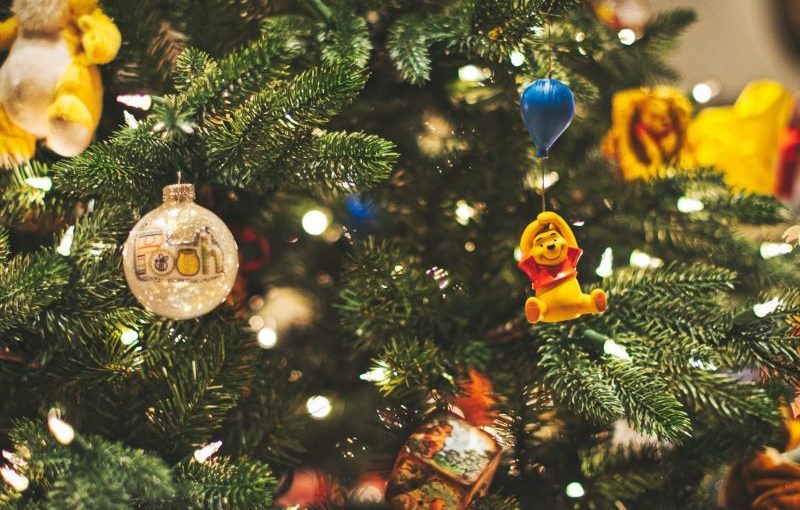Artificial Christmas trees: The good, the bad, and the potential health risks
Families are increasingly choosing to decorate with artificial Christmas trees. Since they do not shed needles and are reusable, people find them convenient and highly preferred. Most of them come with built-in lights, so setting them up is easy. But does it make sense to have an artificial Christmas tree in the home? Are they really safe to purchase?
Well, relax.
With our guide on artificial Christmas trees, you’ll have a healthy and memorable holiday season. Enjoy!
Most artificial trees are made of polyvinyl chloride (PVC), an inferior plastic. It is a major source of phthalates, an endocrine disruptor (they upset hormones in the body). And though it softens plastic (just imagine soft pine needles), it has a number of harmful health effects.
PVC may cause symptoms of asthma, neurological disorders, cancer, obesity, type II diabetes and reproductive disorders. And Phthalates are so hazardous that many of them are banned from products for kids.
You can become exposed to them by inhaling or eating household dust which is formed from the leaching out of plastics.
Why you might want to think twice about using an artificial Christmas tree
The addition of lead stabilizes PVC, making it more workable. As the artificial trees age, they may release lead dust. Artificial Christmas trees are less likely to cause exposure than natural trees, but exposure is possible nonetheless. As a result of lead exposure, children and adults are susceptible to numerous health problems; no level of lead is safe.
Flame retardants are sprayed on artificial trees to prevent fires. Though we don’t want fires, chemical flame retardants have been linked to cancer, diminished fertility in men and women, hormone delays, lower IQ, and hyperactivity in children.
There are real health risks associated with artificial Christmas trees, and they are even more severe in households with pets and children!

